Native to the Brazilian Amazon, pied tamarins have always used vocal calls to communicate. But noise pollution from car traffic and other human activity are forcing some tamarins to complement those voice calls with smell markings to alert others to dangers, researchers report September 20 in Ethology Ecology & Evolution.
Most pied tamarins (Saguinus bicolor) live in Manaus, Brazil, inhabiting fragmented patches of forest scattered around urban environments. According to the International Union for Conservation of Nature, this small, black and whitish-yellow primate is critically endangered.
Vocal communication is crucial for pied tamarins’ survival; they use it to alert other individuals to danger — an important feat considering the urban environment surrounding them. “Pied tamarins have 12 different types of vocalization with several uses, from pointing to food and cuddling each other to calling out for some danger,” says Tainara Sobroza, a biologist at the Federal University of Amazonas in Manaus.
The “danger” vocalization is particularly important for these animals, Sobroza says, as many are hit by cars and killed when they cross streets to move between forest patches. “We wanted to understand if this type of vocalization is being affected by the noise of urban environments,” she says.
Sobroza and colleagues spent about a year observing pied tamarins, which normally wander in groups of less than 10 individuals. Using radio collars, the team tracked nine groups in Manaus for 10 days each from November 2018 to December 2019. While physically following the groups, the researchers measured the loudness of the alpha female’s alert call and visually counted how often individuals rubbed their chest and lower parts on the ground and trees, spreading an odorous, waxy substance to signal which direction they were heading.
The team thought the tamarins would use fewer vocal callings and more smell-spreading to communicate effectively between groups — but that is not what happened. Estimates of the behaviors suggest tamarins complemented one with the other: They maintained the loudness and quantity of their vocal calls while also marking the terrain with their scents.
“It is just like being at a noisy party, and you want to call a friend that can’t hear you from the other side of the room,” Sobroza says. “Added to calling him or her, you also usually wave and do arm gestures to call the attention of that person.”
The new observations bring extra knowledge about the ecology and behavior of this species, says Luciane Lopes de Souza, a biologist at the University of the State of Amazonas in Manaus who did not take part in the study. “It is very interesting to see that pied tamarins can adapt to use [a scent-marking] form of communication, which we see much more frequently in other species such as the squirrel monkey.”
Human activity is changing the behavior of several species such as birds, spiders and crabs (SN: 6/26/16, SN: 7/16/03). Understanding these changes is crucial if humans want to mitigate their impacts through conservation.
“I do hope this study goes on, as it is of extreme importance we have research like this running for longer periods,” Souza says. “This way, we can understand annual or seasonal changes in animal behavior and think of evolutionary changes they might be facing.”

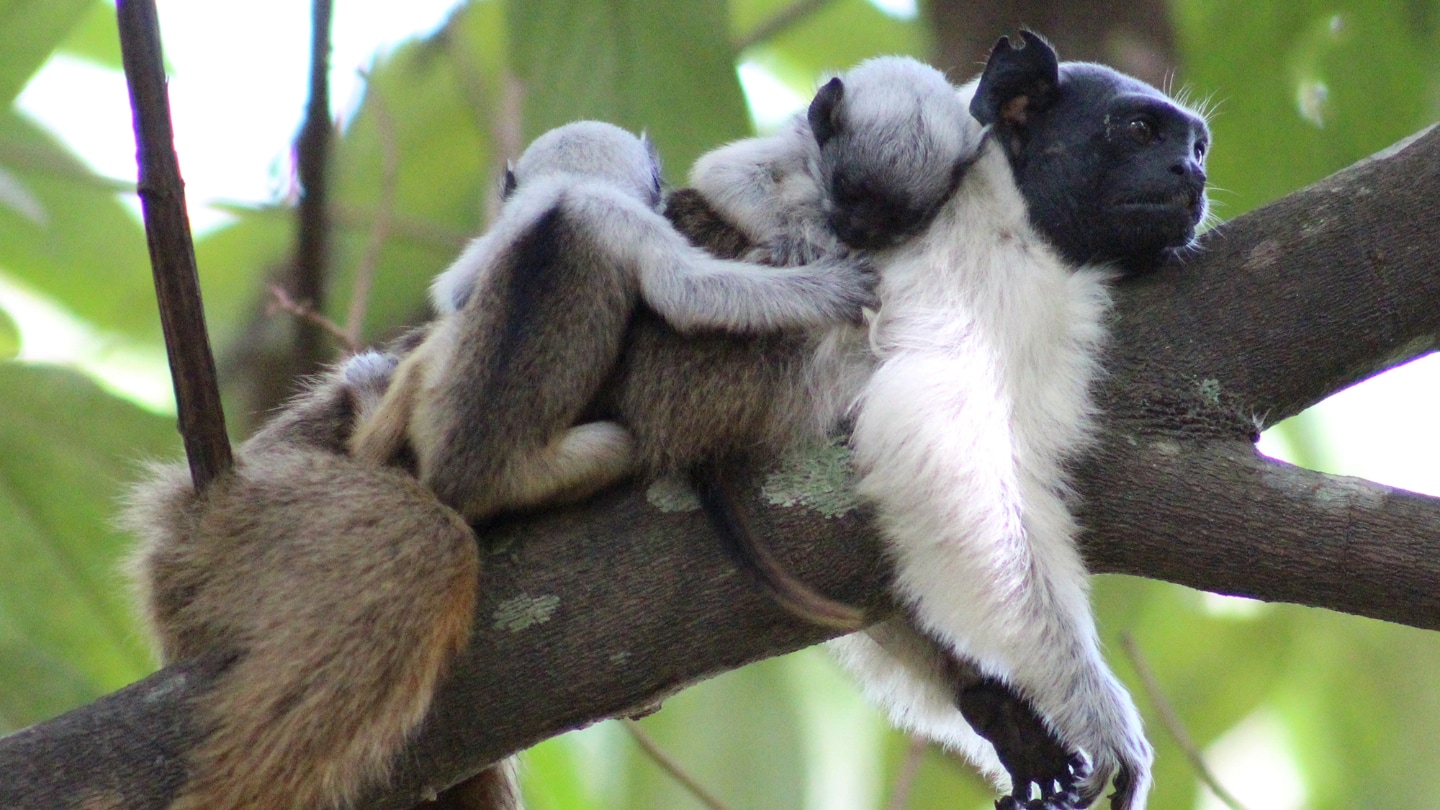
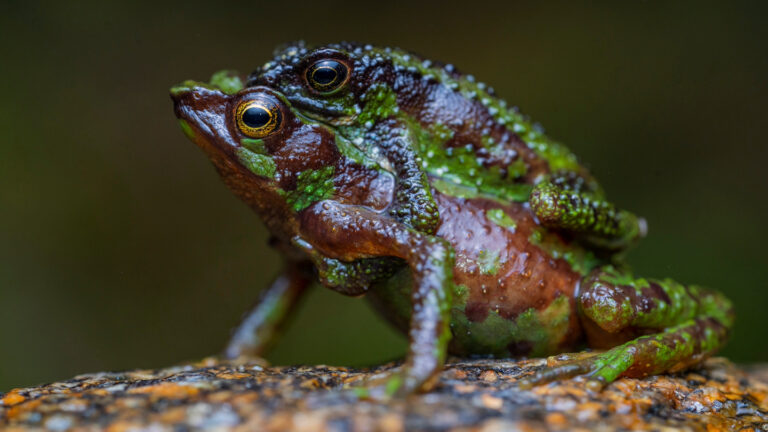
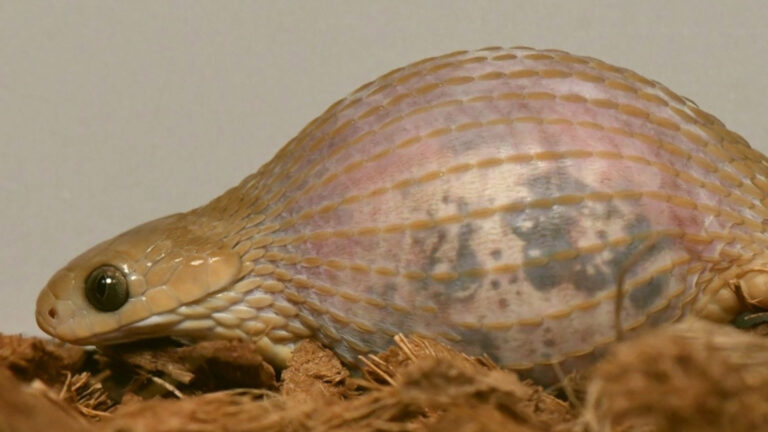
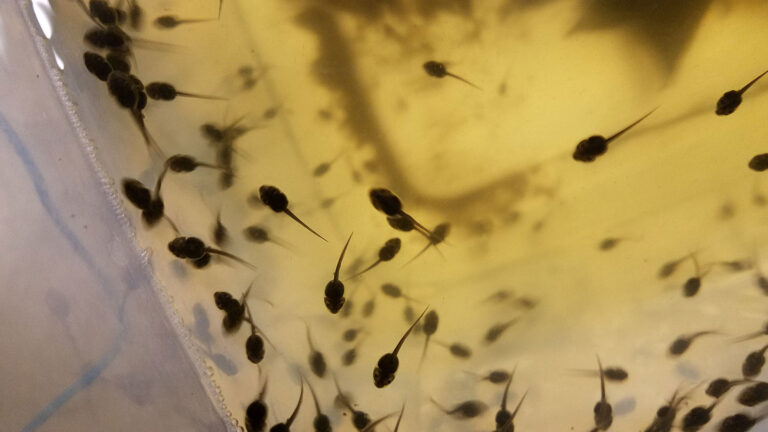

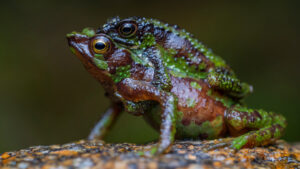








+ There are no comments
Add yours